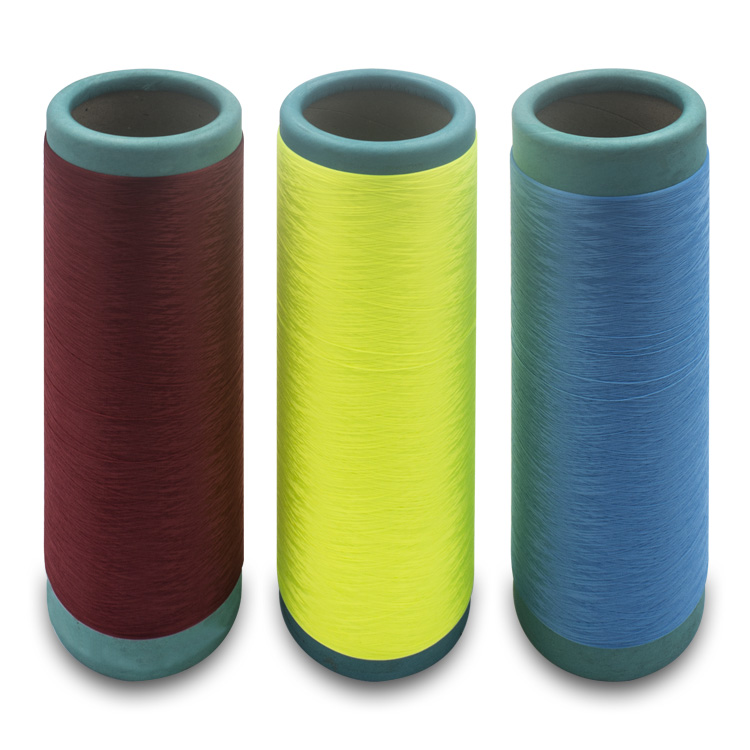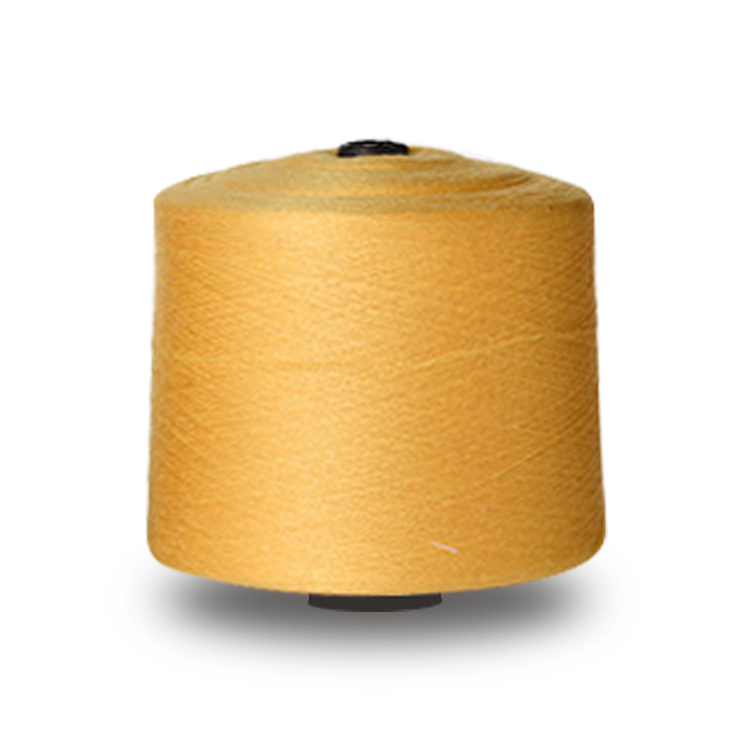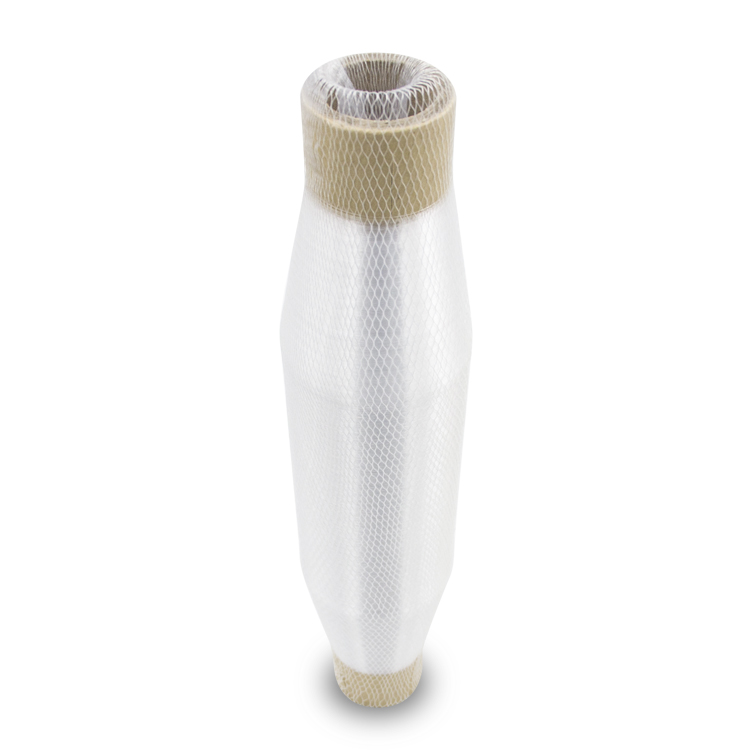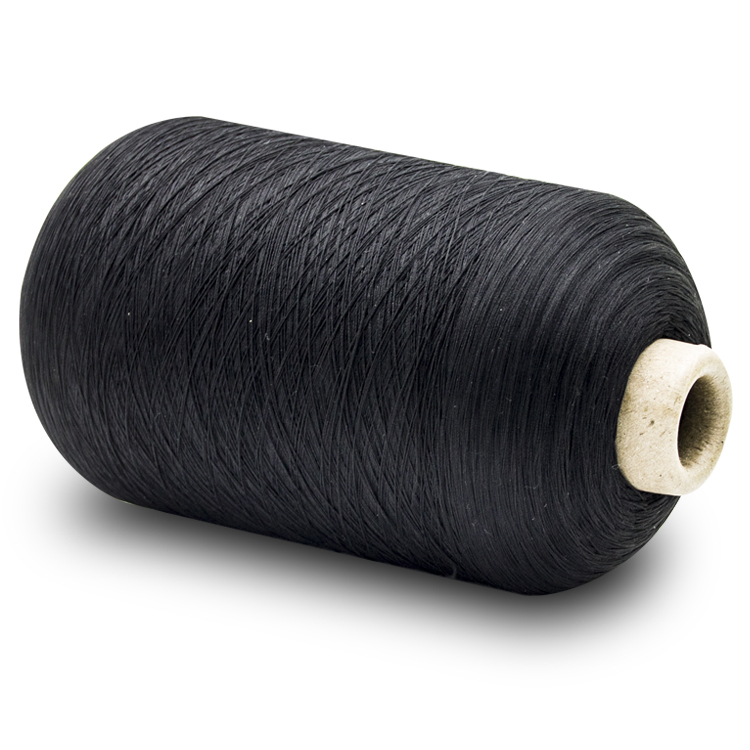
Textile Sewing Thread Inspection(2)
Colour fastness
The color fastness to soap washing (small sample), rubbing, chlorine water, non-chlorine bleaching, dry cleaning, actual washing (ready-made clothes, sewing threads), perspiration, water, light, sea water, saliva, etc.
Washing color fastness: The sample is stitched together with standard liner thread , washed, cleaned and dried, washed under suitable temperature, alkalinity, bleaching and friction conditions, so that the test results can be obtained in a relatively short time. Friction is achieved by rolling and impacting small bath ratio and appropriate number of stainless steel beads. The test results are obtained by grading with gray card. Different test methods have different temperature, alkalinity, bleaching and friction conditions and sample size, which should be selected according to test standards and customer requirements. Generally, the colours with poor color fastness to washing are Cui Lan, Yan Lan, Dark Red, Tibetan Blue, etc.

Dry-cleaning color fastness: The same color fastness as that of water-washing, except that water-washing is changed to dry-cleaning.
Friction color fastness: Place the sample on the friction fastness tester, and rub it with standard friction white cloth for a certain number of times at a certain pressure. Each group of samples needs to do dry friction color fastness and wet friction color fastness. The color stained on the standard friction white cloth is graded by gray card, and the series obtained is the measured color fastness to friction. Friction colour fastness requires dry and wet rubbing tests, and all colours on the sample are rubbed.
Sunshine color fastness: Textiles are usually exposed to light when they are used. Light can destroy dyes and lead to the well-known "fading" of colored textiles, making them generally lighter and darker, and some of them will change their color and light. Therefore, it is necessary to test the color fastness. The test of sunshine color fastness is to try. Sample and blue wool standard cloth with different fastness series were exposed to sunlight under specified conditions. Sample and blue wool standard cloth were compared to evaluate the light fastness. The higher the series of blue wool standard cloth, the better the light fastness.

Sweat stain color fastness: The sample is stitched together with the standard liner sewing thread , treated in the sweat stain solution, clamped on the sweat stain color fastness tester, placed in the oven at constant temperature, then dried, graded with gray card, and the test results are obtained. Different testing methods have different proportion of sweat stain, different sample size, different testing temperature and time.
Waterlogging colour fastness: The water treatment sample is tested as above.
Chlorine bleaching fastness: After washing the thread in chlorine bleaching solution under certain conditions, the degree of color change is evaluated, which is chlorine bleaching fastness.
Non-chlorine bleaching fastness: After washing the thread under washing conditions with non-chlorine bleaching, the degree of color change is evaluated, which is non-chlorine bleaching fastness.
Pressing color fastness: After covering the dry sample with cotton-lined thread , the sample is pressed for a certain time in the heating device with specified temperature and pressure, and then the color change of the sample and the staining of the lined sewing thread are evaluated by the gray sample card. Hot pressing color fastness includes dry pressing, moisture pressing and wet pressing. Test methods should be selected according to different customer requirements and test standards.





